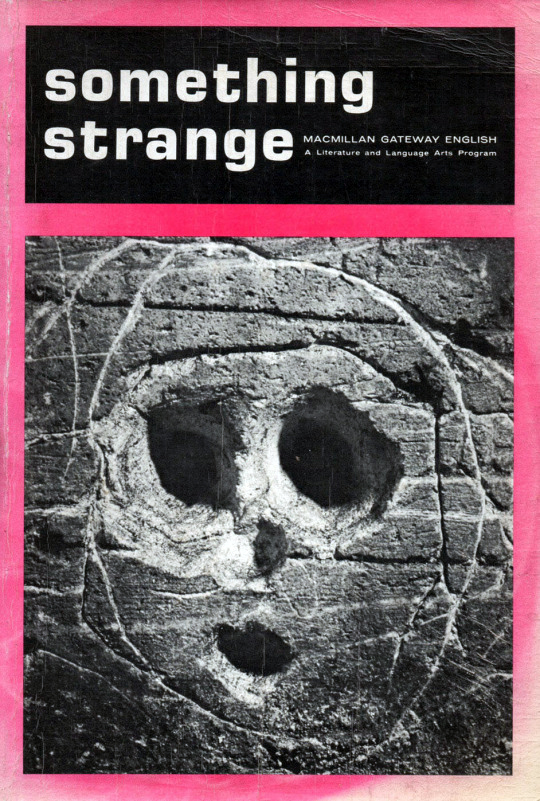If one can remember the music from a film, it used to be said, the composer has failed. The author traces the evolution of the thankless task of scoring Hollywood’s films. Meet the maestros behind the movies’ most memorable music: Max Steiner (King Kong, Gone with the Wind), Bernard Herrmann (Citizen Kane, Taxi Driver), Miklos Rozsa (Spellbound, Quo Vadis), Henry Mancini (Touch of Evil, Breakfast at Tiffany’s), Elmer Bernstein (The Ten Commandments, Walk on the Wild Side), and dozens more in a comprehensive volume of essays detailing the musical careers of Hollywood’s greatest composers. Seventy-five years of filmmaking has left the cinema with a huge musical legacy: Steiner’s “Tara’s Theme” from Gone With the Wind, John Williams’ shark motto in Jaws, Bernstein’s “Marlboro” music from The Magnificent Seven, the haunting “Laura,” Mancini’s “Pink Panther Theme,” the first three notes of John Barry’s “Goldfinger,” all popular music from famous films. But isn’t it all just syrup stolen from the classical guys? The authors ask—and answer—the question: Can film music actually be enjoyed outside its immediate context?
GR
Publisher: McFarland
Hardback: 605 pages
Illustrated


